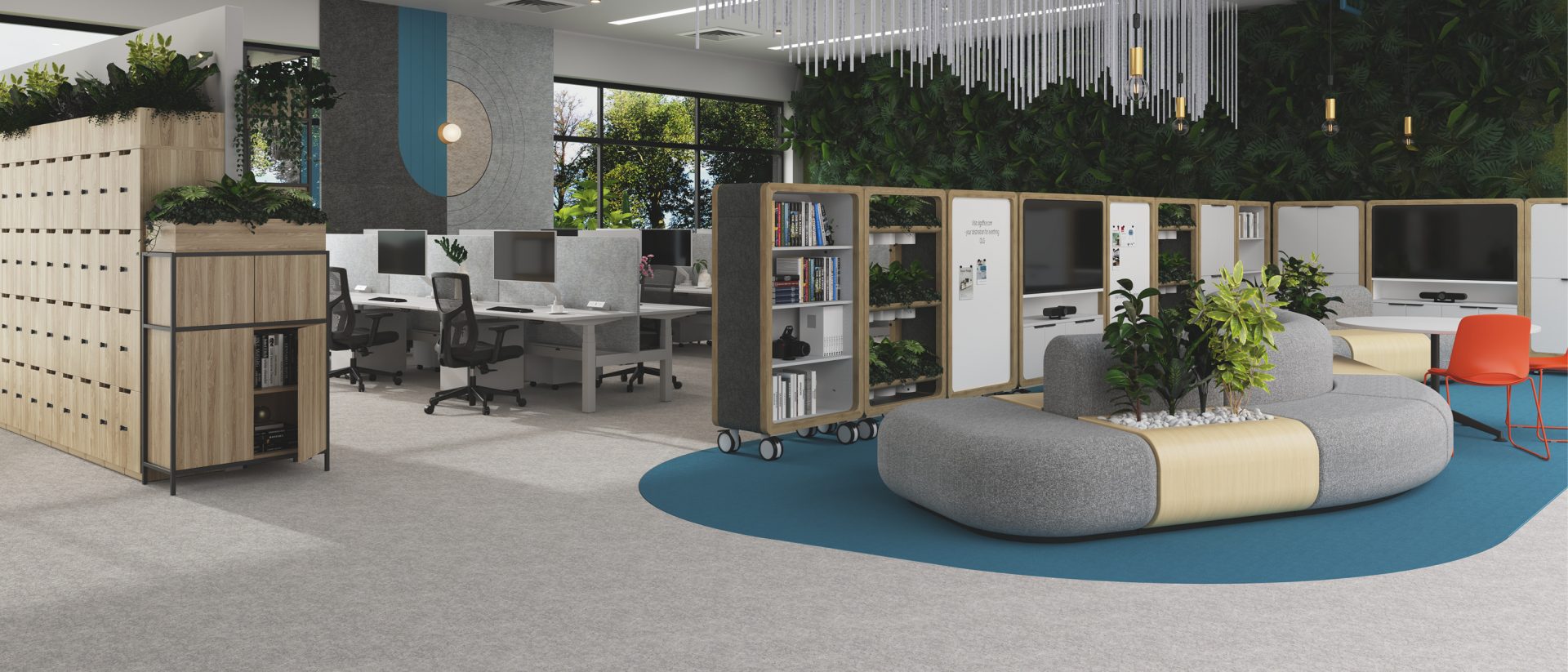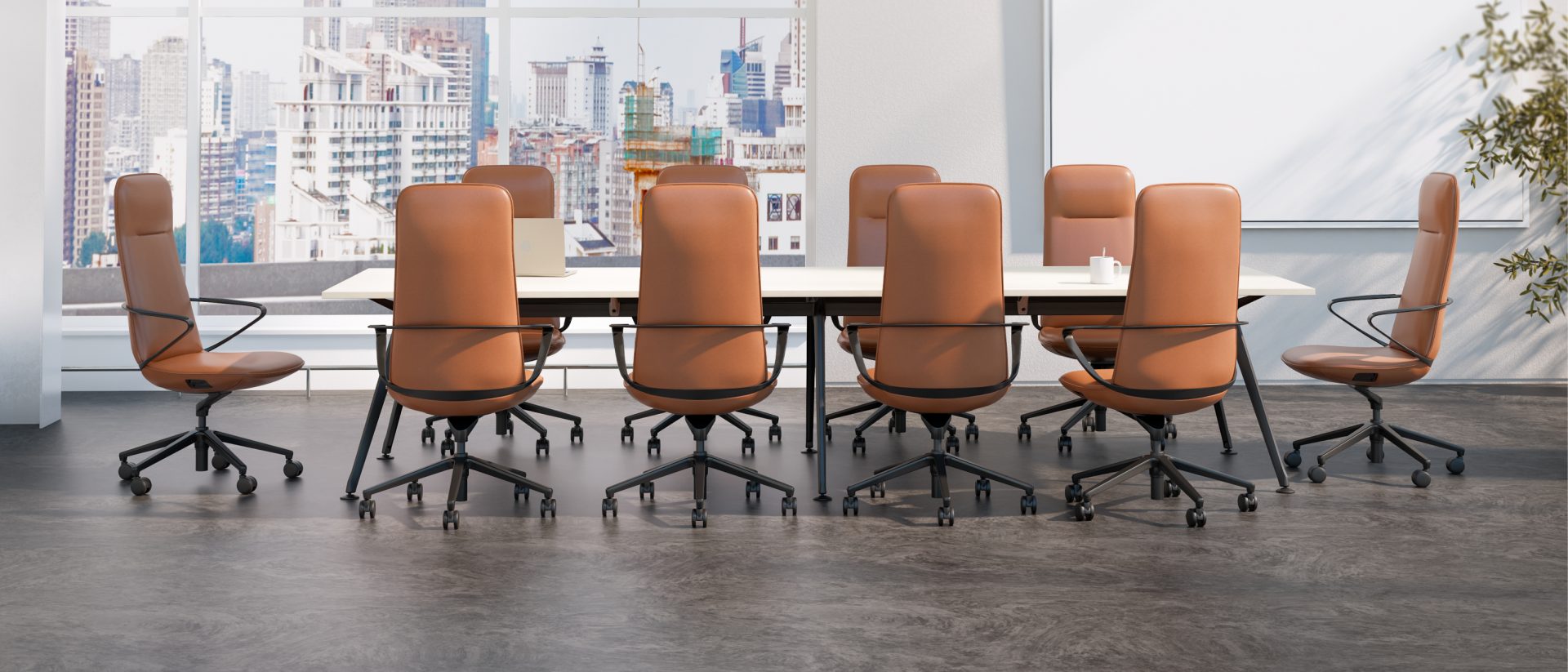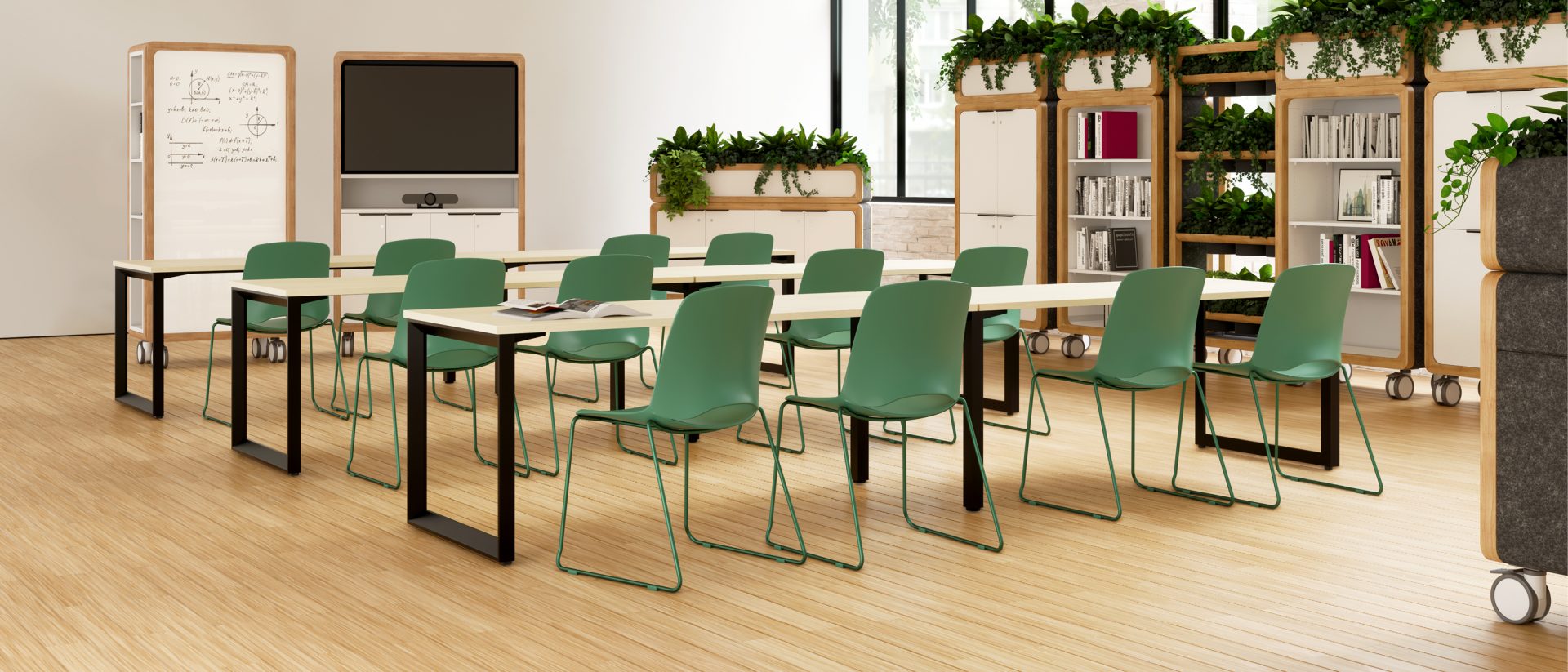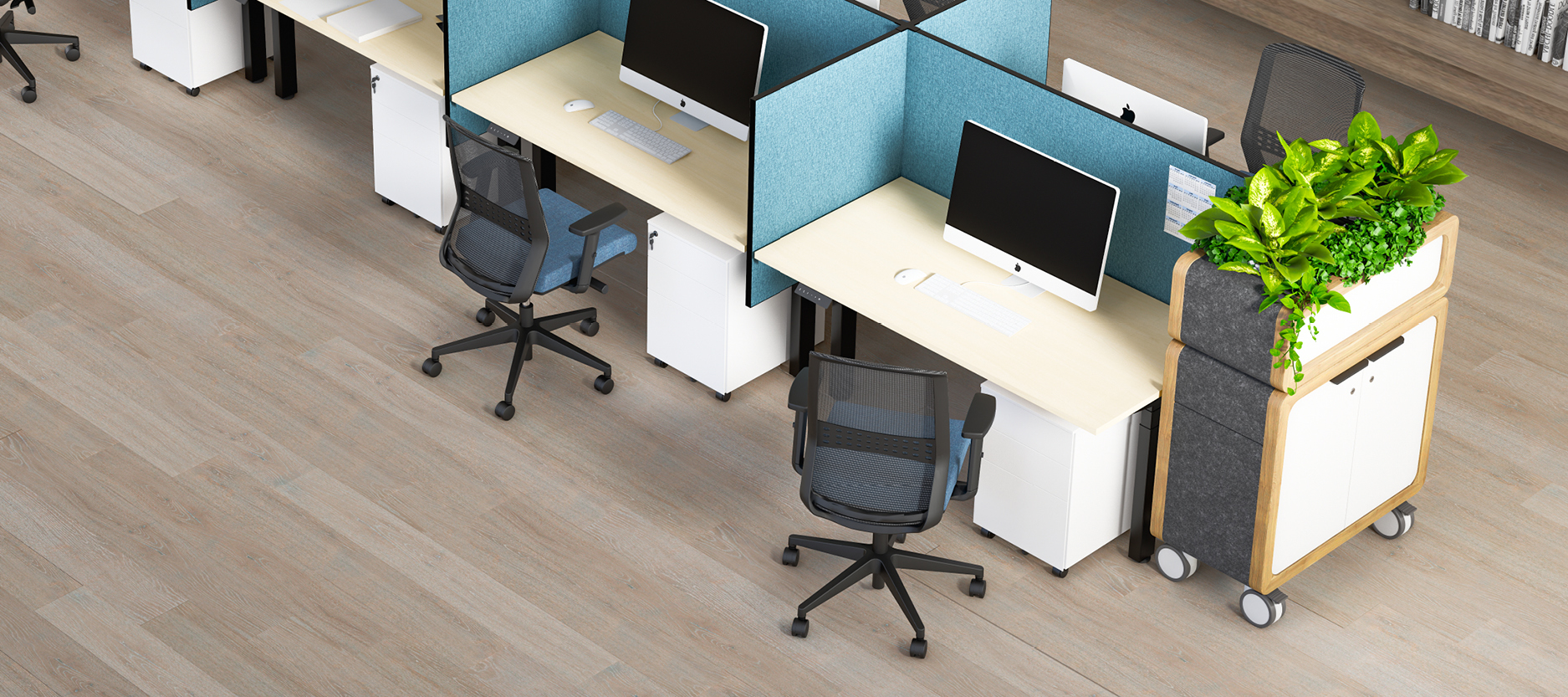Top 5 Office Design Mistakes to Avoid
written by OLG
Thoughtful office design is a cornerstone of productivity, engagement, and workplace success. Yet, even experienced organisations can inadvertently fall into common pitfalls when planning their office fitouts. Drawing from our extensive experience in the Australian commercial furniture landscape, serving both corporate workplaces and educational environments, we’ve identified five critical mistakes to avoid to ensure your workspace achieves the perfect balance between aesthetics and functionality.
Overemphasis on Open-Plan Layouts
While open-plan offices encourage collaboration and interaction, an overly open environment often generates distractions, excessive noise, and reduced productivity. Many Australian workplaces have realised the need to temper openness with thoughtfully designed spaces for quiet focus and confidential discussions. Leading companies have successfully introduced strategically placed quiet booths, acoustic partitions, and meeting pods to create a versatile layout, effectively combining collaborative energy with essential privacy.
Neglecting Activity-Based Working Principles
One common pitfall is the assumption that all employees can thrive under uniform conditions. Activity-Based Working (ABW) is a smarter alternative, recognising that different tasks demand different spaces. ABW supports productivity and satisfaction by empowering employees to choose from settings such as quiet zones for deep concentration, collaborative areas for brainstorming, or casual lounges for informal meetings. Australian organisations that embrace ABW report measurable improvements in staff engagement, retention, and overall efficiency.
Poor Space Planning and Circulation
Poorly considered circulation and inefficient space planning can severely impact workplace efficiency and employee wellbeing. A well-designed office considers not just the furniture placement, but how employees move throughout the space during their daily tasks. Thoughtful circulation routes and strategically planned workstations minimise congestion, improve safety, and enhance overall productivity. Successful Australian offices incorporate adaptable furniture and intelligent layouts that allow for growth, flexibility, and easy adjustment over time.
Inadequate Lighting Design
Lighting significantly influences mood, health, and productivity, yet it is often underestimated in office designs. Harsh fluorescent lighting, dimly lit corners, or insufficient daylight can create fatigue, eye strain, and discomfort. Smart office designs in Australia increasingly embrace a balance of natural daylight and adjustable artificial lighting to create comfortable, human-centric environments. Lighting that mimics natural daylight patterns has emerged as a popular choice, supporting circadian rhythms and significantly enhancing employee wellbeing and focus throughout the workday.
Overlooking Employee Well-being and Comfort
Prioritising aesthetics or cost-cutting over employee comfort is an all-too-common oversight. Ergonomics and wellness are integral elements of a productive workspace—ergonomic chairs, adjustable desks, appropriate ventilation, and amenities that foster a healthy, comfortable environment are not luxuries, but necessities. Progressive Australian workplaces are now actively investing in ergonomic furniture, wellness-focused spaces, and biophilic elements, acknowledging these factors as essential for morale, performance, and long-term retention.
By consciously addressing these common mistakes, your organisation can create an environment that not only looks impressive but actively supports the success and wellbeing of your greatest asset—your people.




